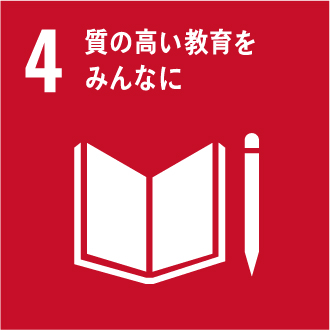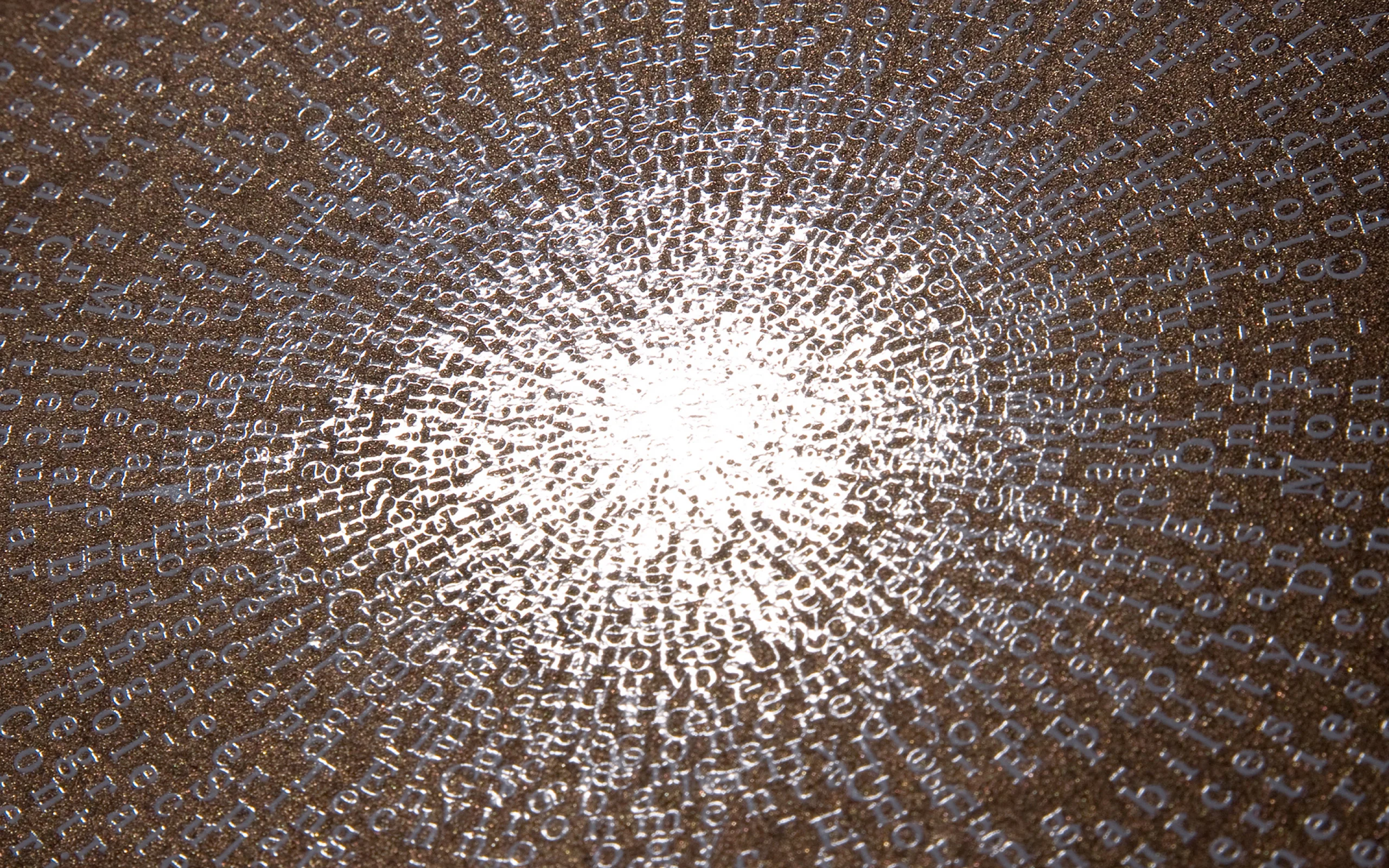
PROJECT
RESEARCH CAMPUS /The University of Tokyo
Won Excellence Award at SDA, Japan's premier signage design competition.
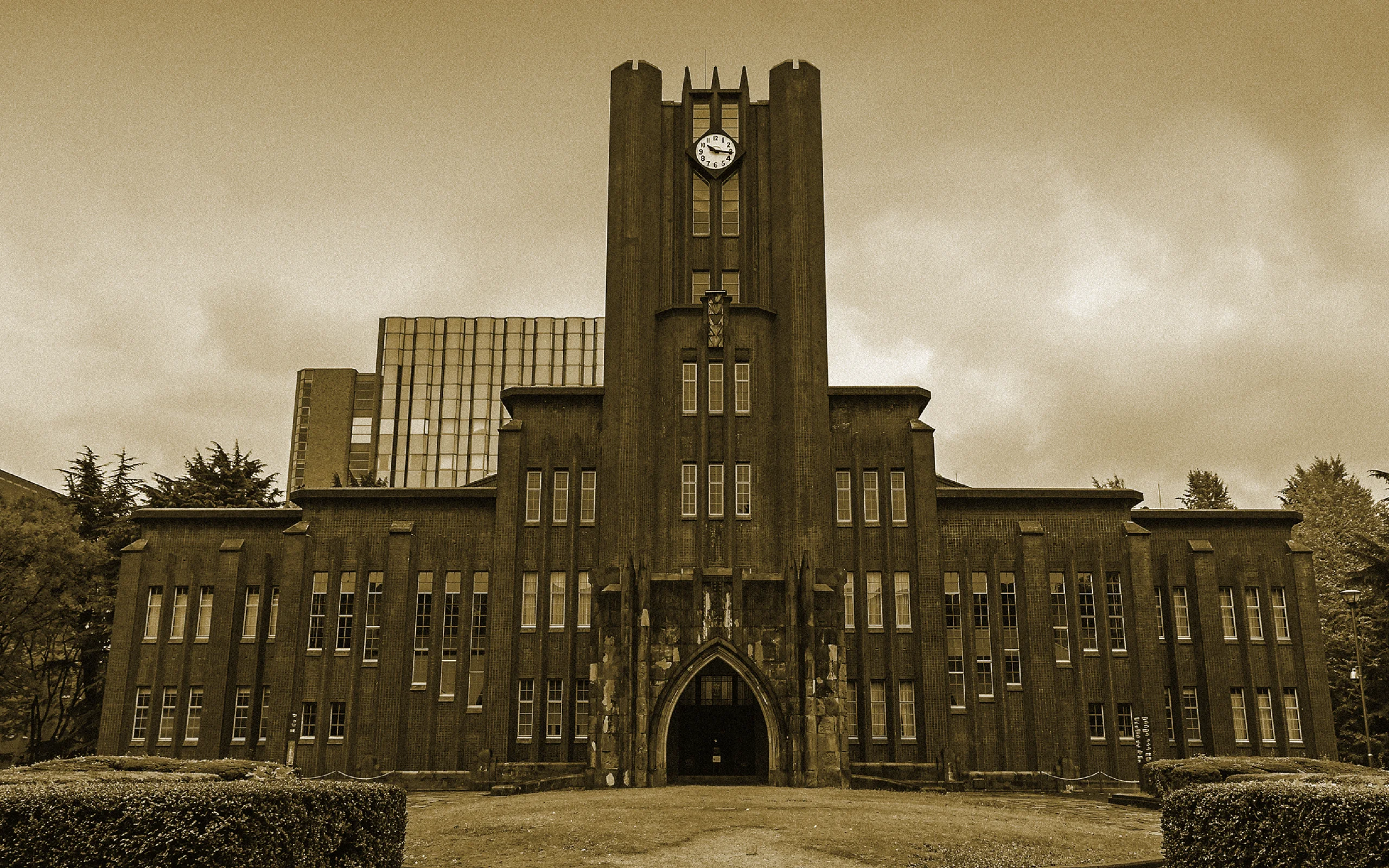
WHY
Convey advanced science and technology in an easier manner.
The University of Tokyo’s Komaba 2nd Campus, known as the “Komaba Research Campus,” has produced many representatives of Japan, including multiple Nobel Prize winners. This campus is where advanced engineering research facilities gather, such as the Advanced Science and Technology Research Center (hereinafter referred to as Advanced Technology Research Institute) and the Production Technology Research Laboratory (hereinafter referred to as Industrial Research Institute.) Here, researchers of advanced technology meet from different fields and promote interdisciplinary integrations. Although advanced research is conducted every day, what is actually recognized by the general public is hard to say. We questioned what kind of science communication was required to convey the efforts easier, and for the public to understand and support the Advanced Research Institute and Production Research Center contributions.

HOW
Design their space conveying contents of advanced research.
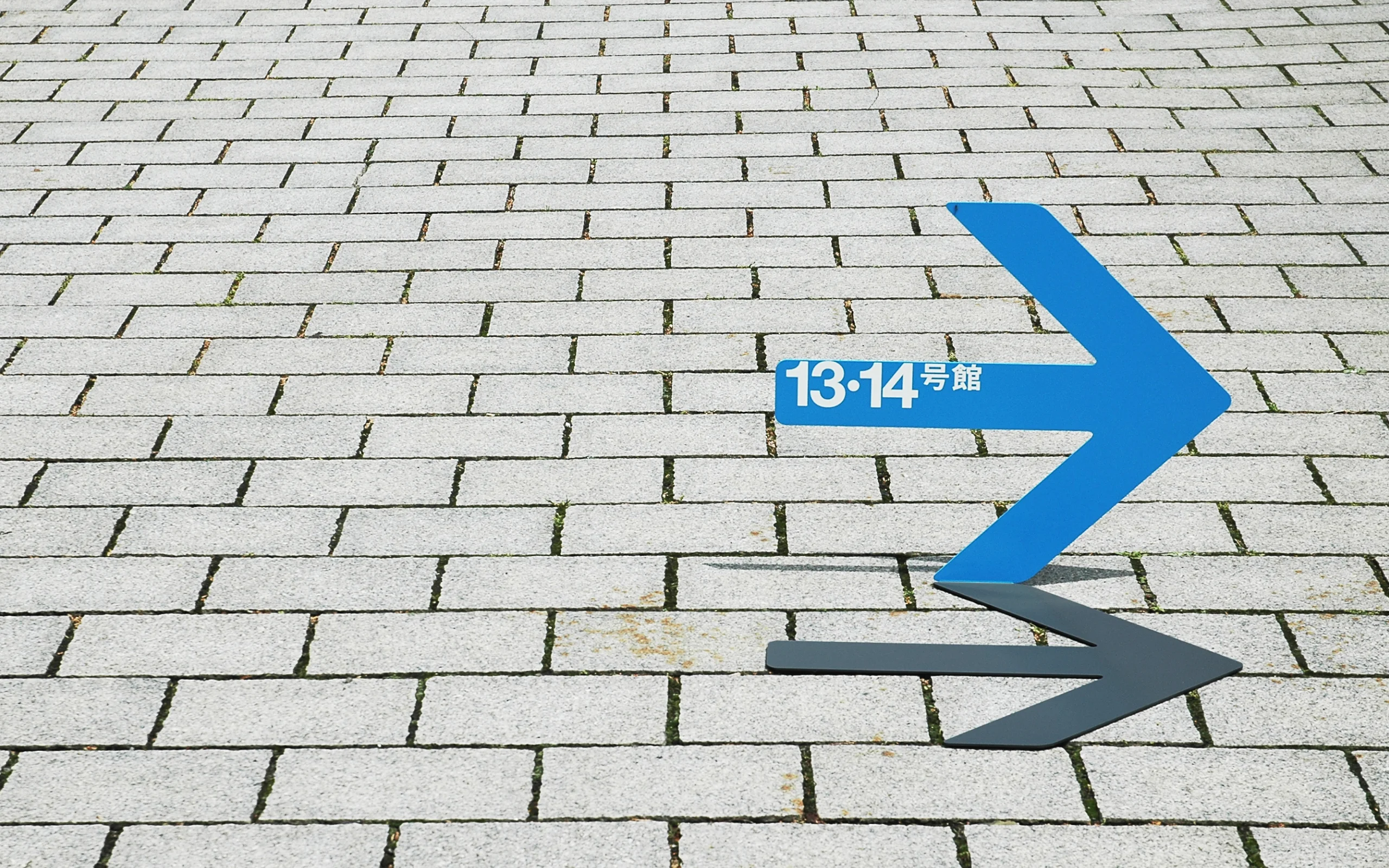
For three years since 2009, we were in charge of design direction for public relations materials at the Advanced Research Institute. Various designs were made conveying outlines of the facility and contents of research for the public visiting the open campus to understand easily. Firstly, for visitors, we designed a mobile sign that pointing out the locations of each building in the shape of an arrow. An enlarged floor map of each pavilion is drawn with each laboratory mapped out. It is completed with a transparent acrylic box containing one section of the research content, like a showcase box. Furthermore, we implemented various ideas to present contents and efforts of each laboratory throughout the space, such as designing the poster visually representing the open campus catchphrase, “Do you see the light?”
The metal sign is stable enough to stand against strong winds, designed to imitate an arrow sign through its shadow. Due to the characteristics of the facility, and as guidance is not required other than special occasions, it is designed to be stacked and compactly stored.
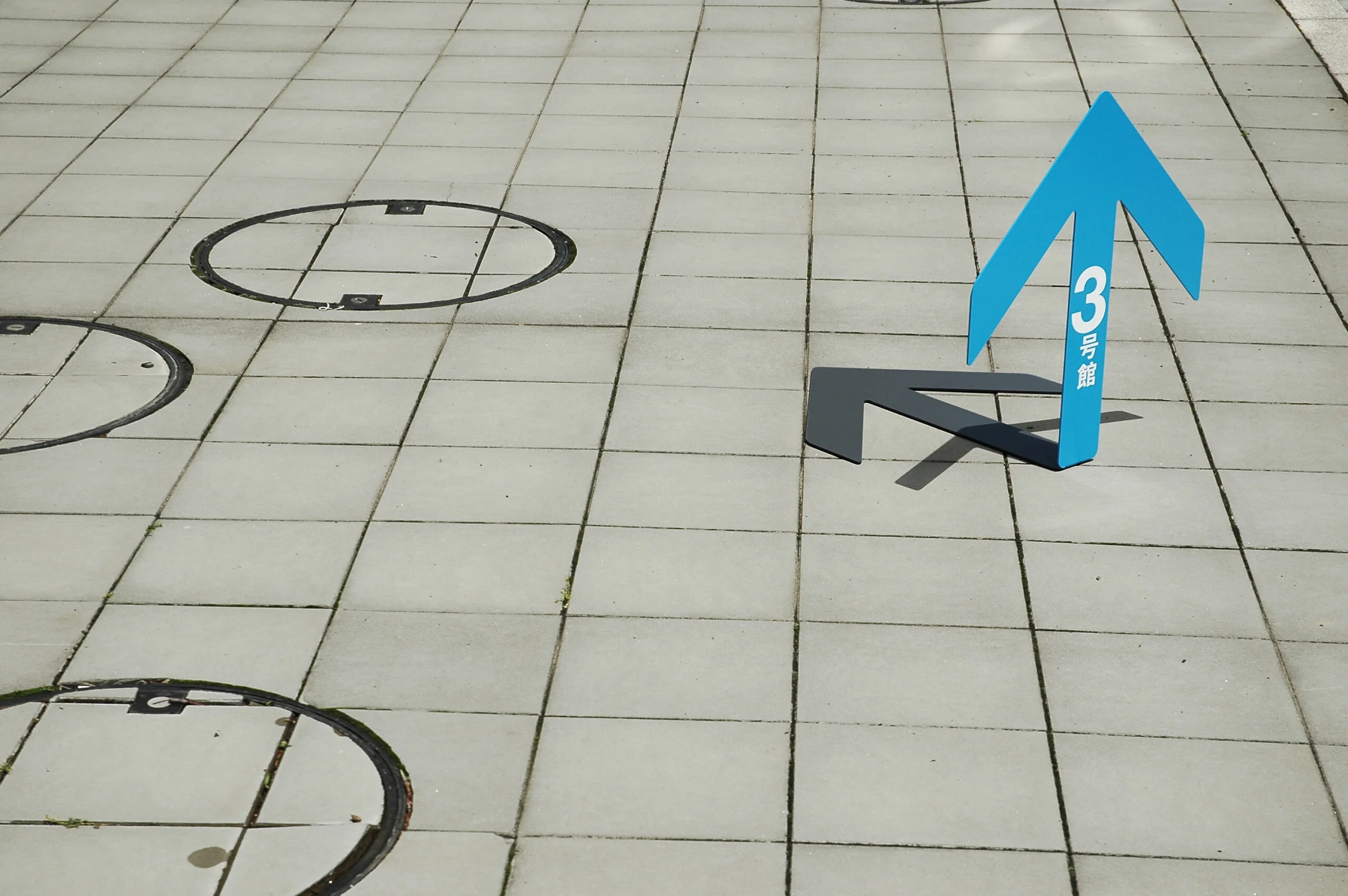
By merely looking at the floor map, not only does it show locations of laboratories, but also contents of each research like an overview of activities being carried out at the Komaba Research Campus.
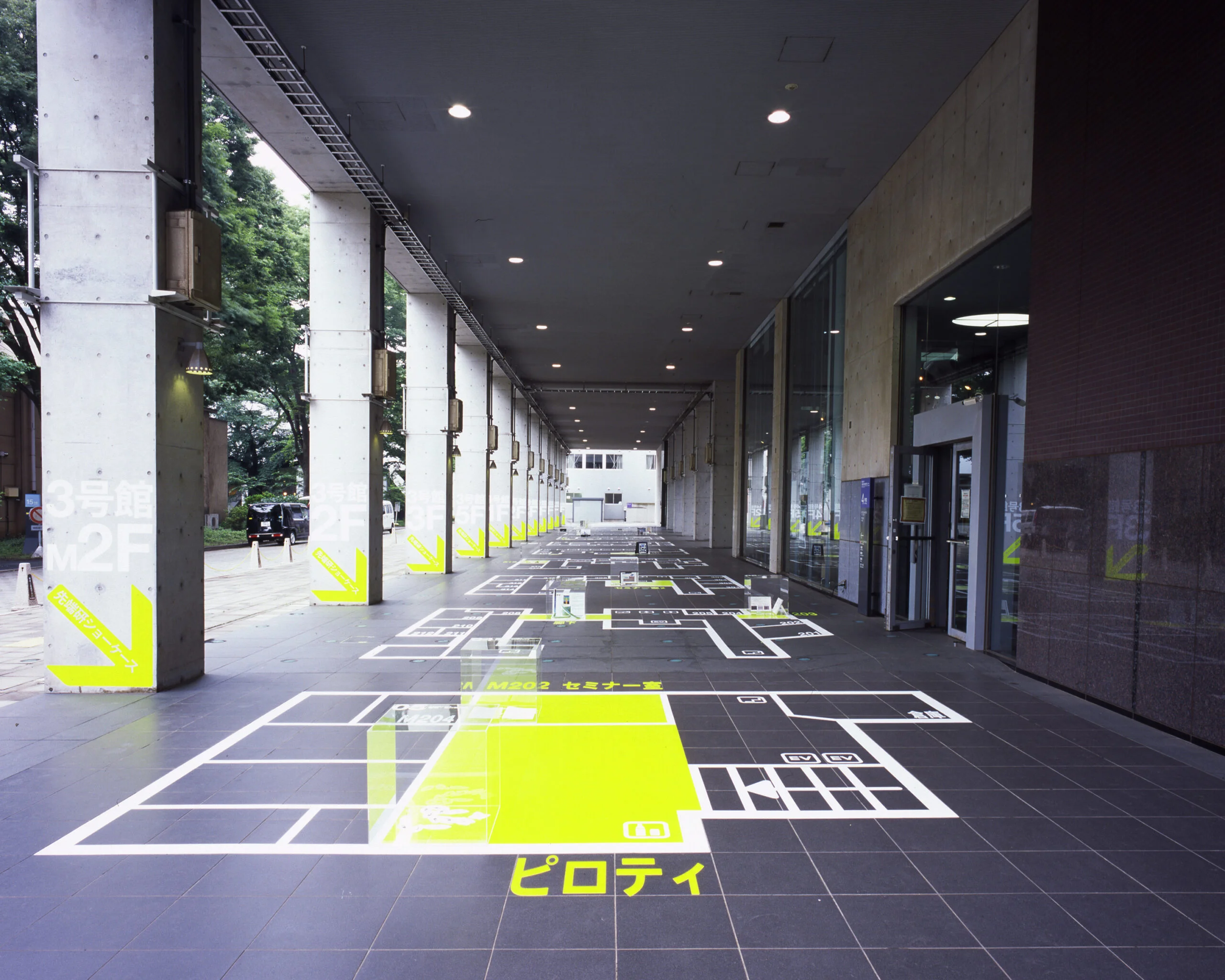
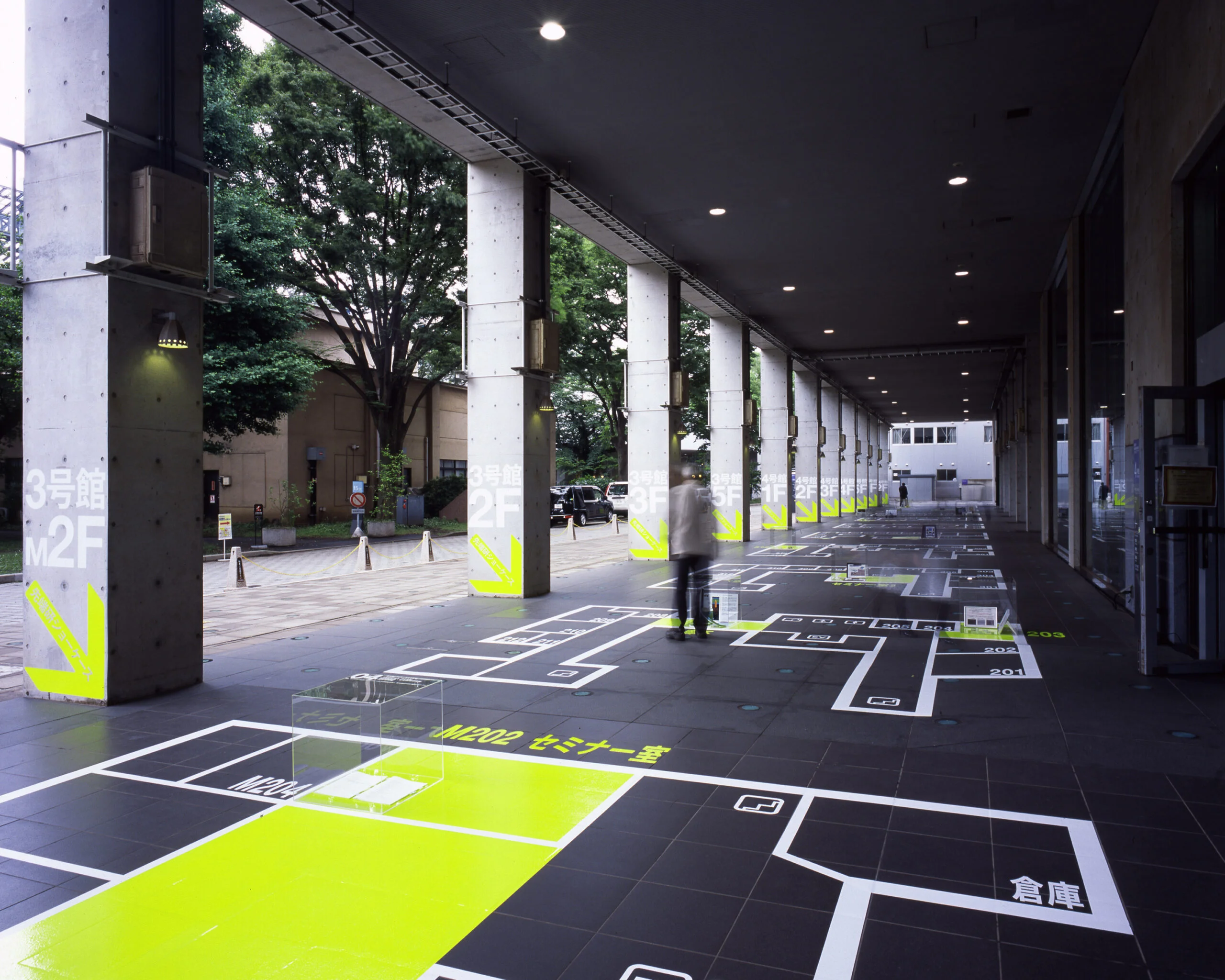

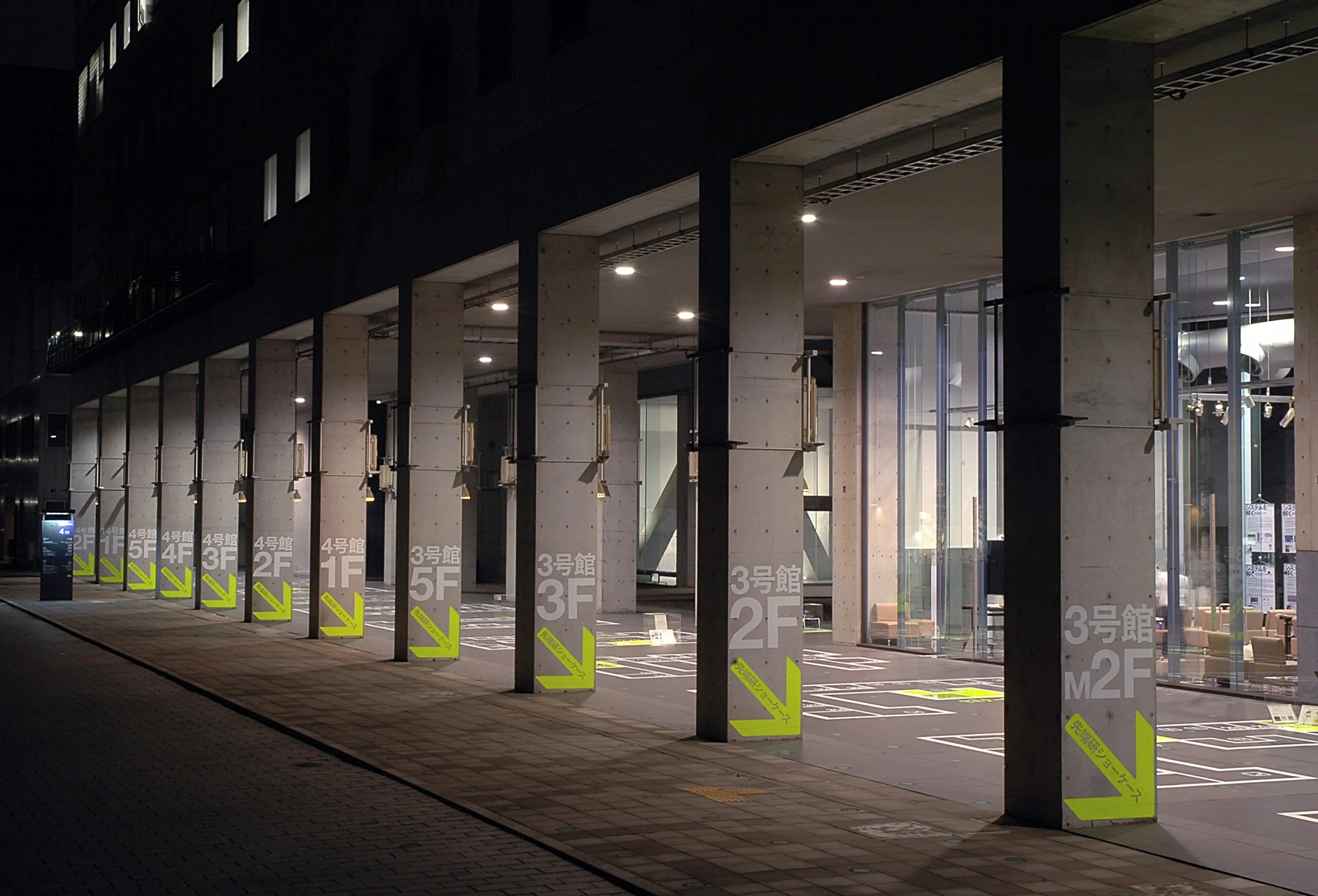
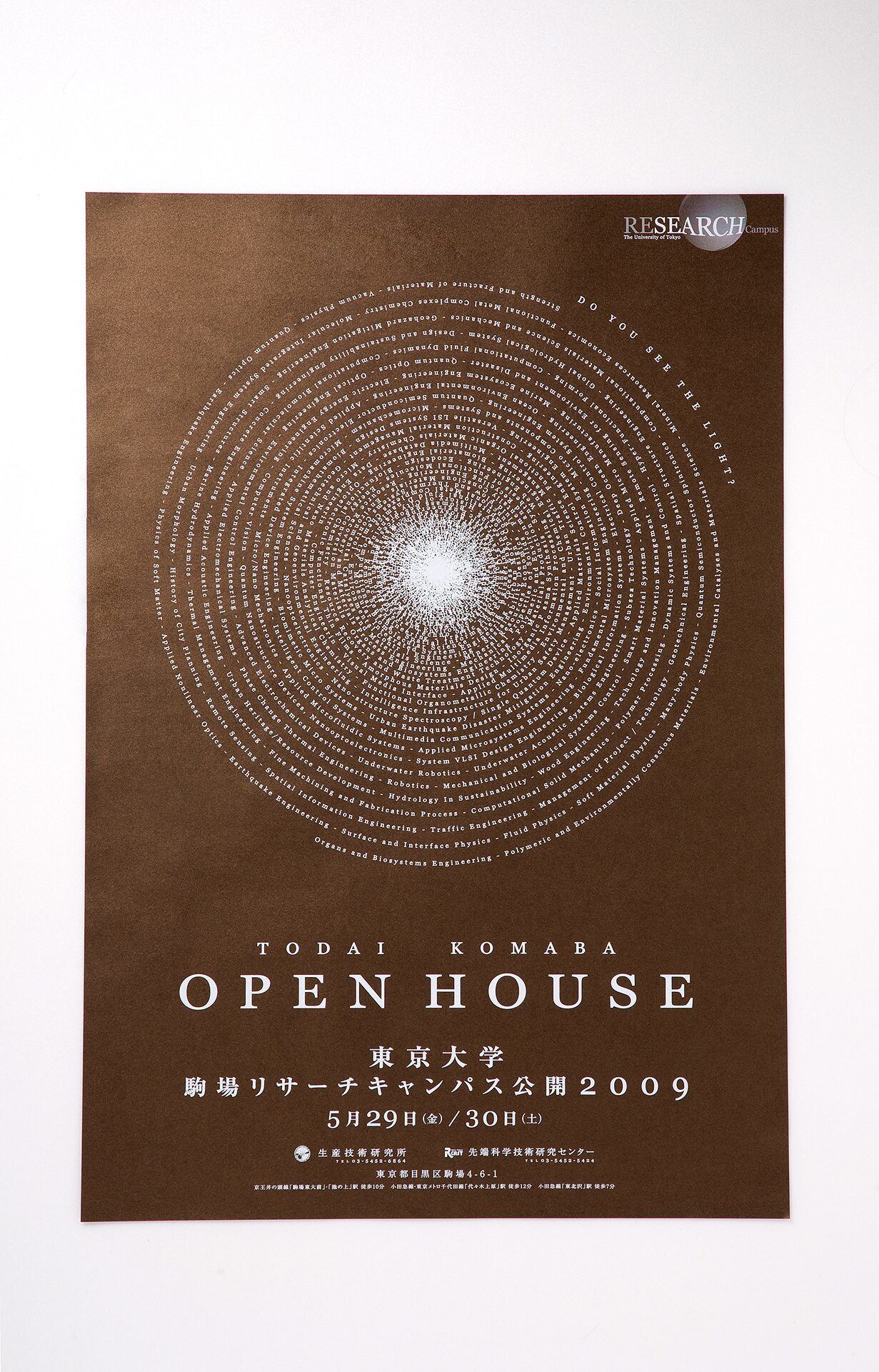

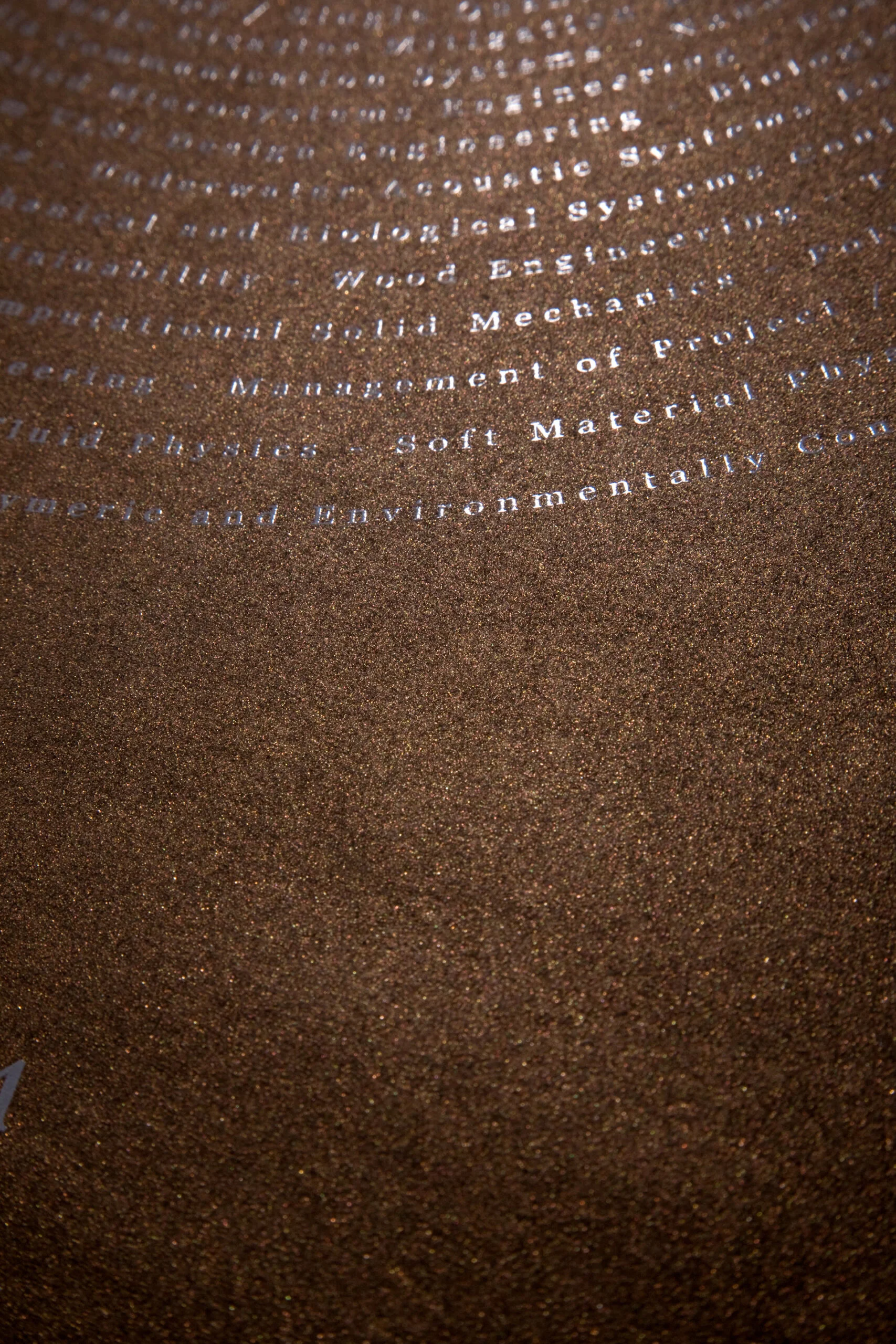
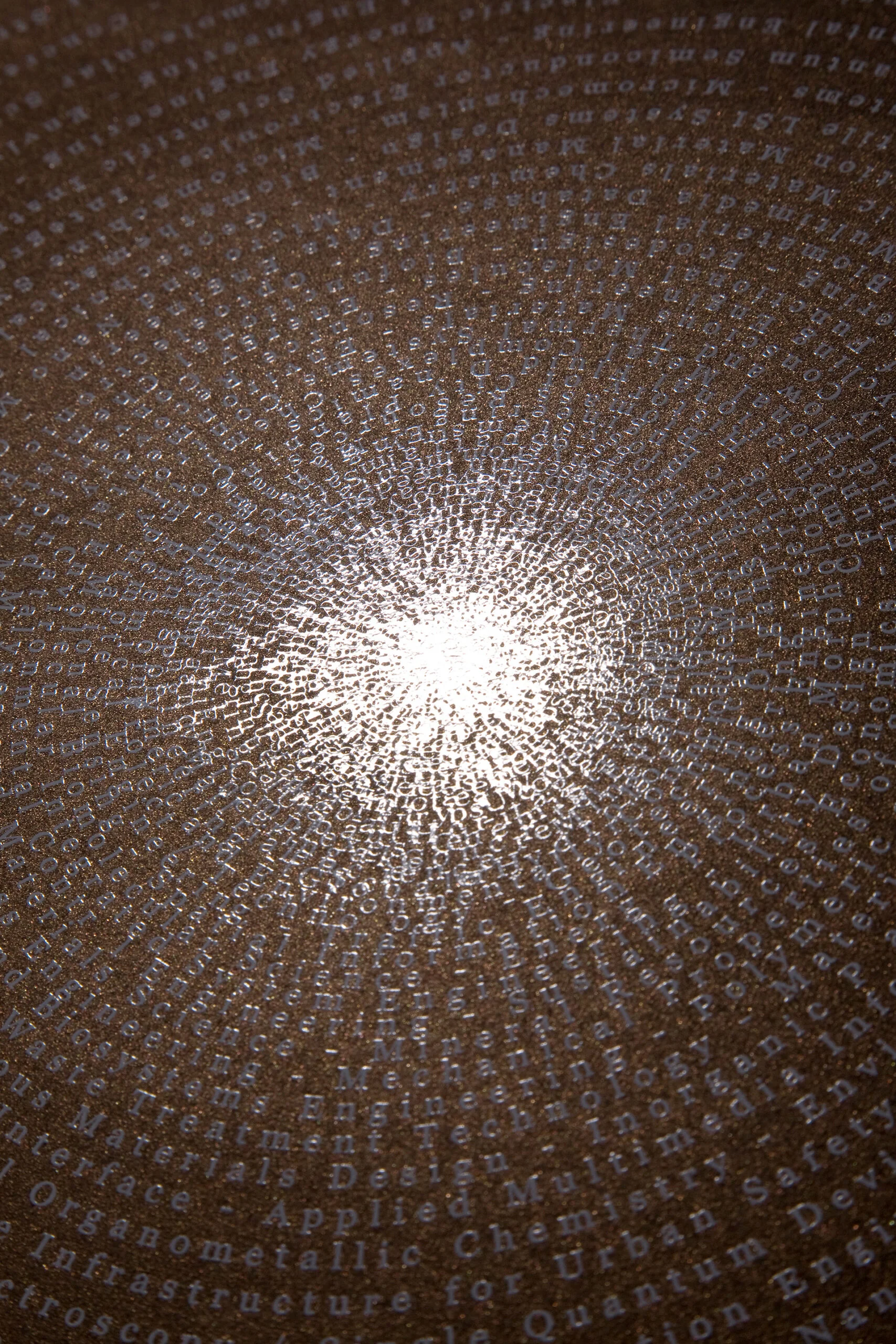
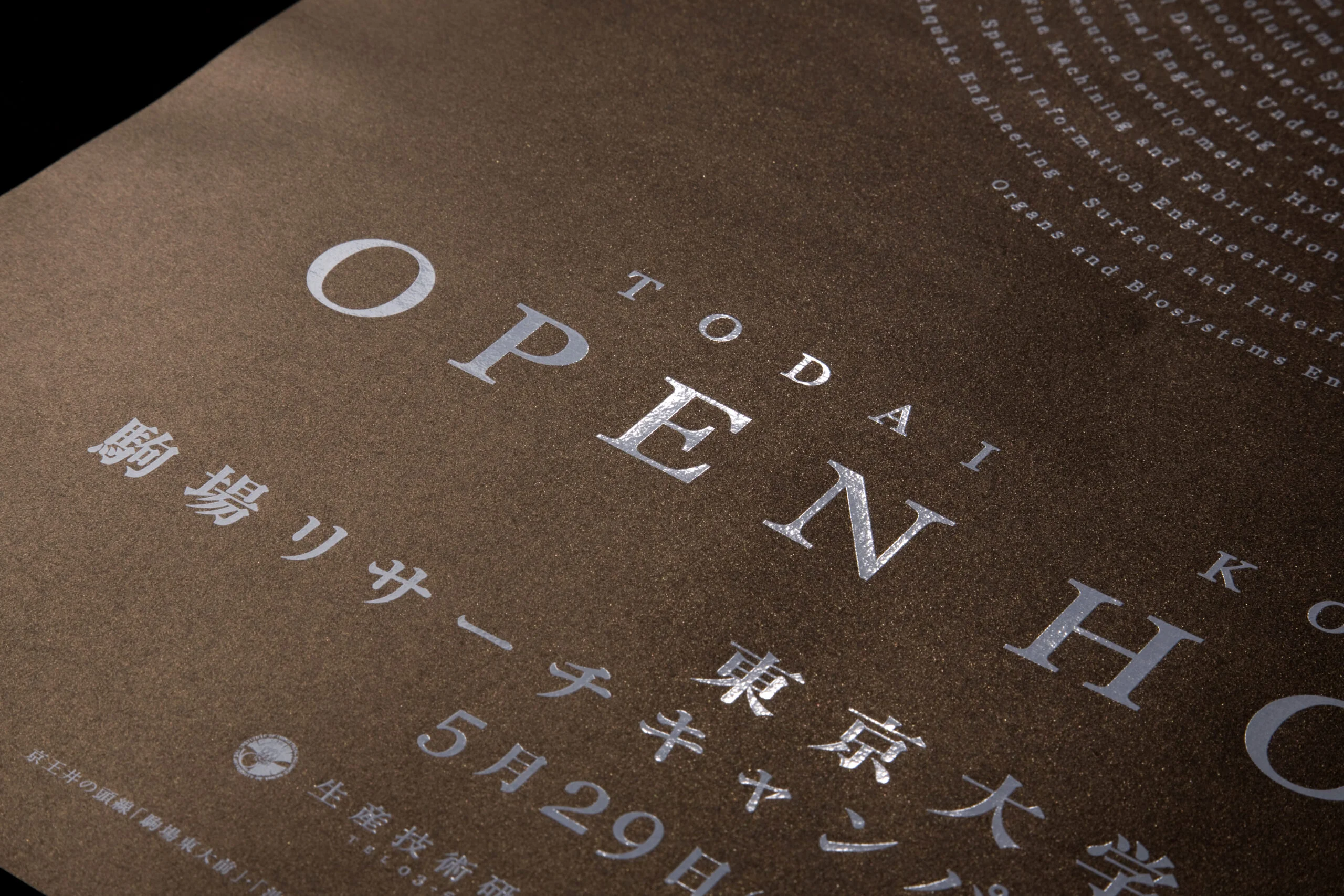
WILL
Established an image as a unique and creative research institution.
In 2016, significant projects such as design lab “RCA-IIS Tokyo Design Lab” was produced in collaboration between RCA (Royal College of Art) of the UK with IIS (Institute of Industrial Science) of Japan. Komaba Research Campus now has a well-established image as a state-of-the-art and unique research facility. There is nothing more gratifying than contributing through public relations and succeeding in fostering such an image. For the next three years, just after the establishment of NOSIGNER, we have been involved in a series of design directions that have focused on communicating advanced technology research. We were able to realize the possibilities and the power graphic design truly has. We remember these critical projects that nurtured aspects of NOSIGNER’s graphic design.
INFORMATION
- What
- RESEARCH CAMPUS / The University of Tokyo
- When
- 2009
- Where
- Tokyo, Japan
- Client
- University of Tokyo
- Scope
- Signage / Poster / Promotional items / Exhibition / Concept Development
- SDGs
CREDIT
- Art Direction
- Eisuke Tachikawa
- Graphic Design
- Eisuke Tachikawa
